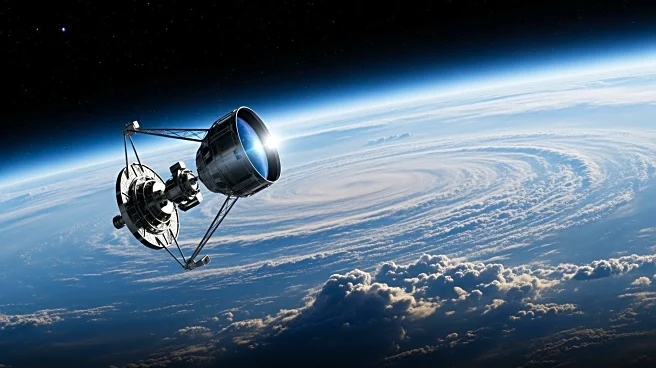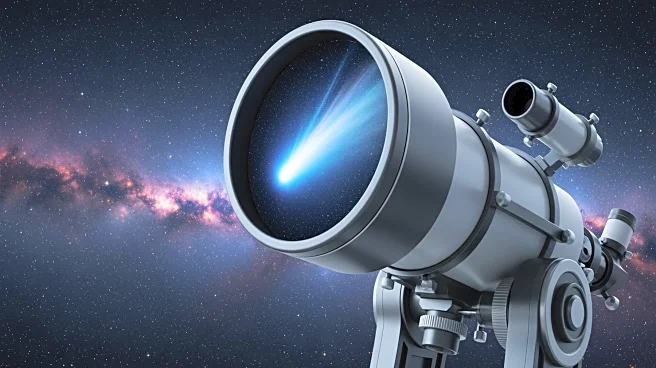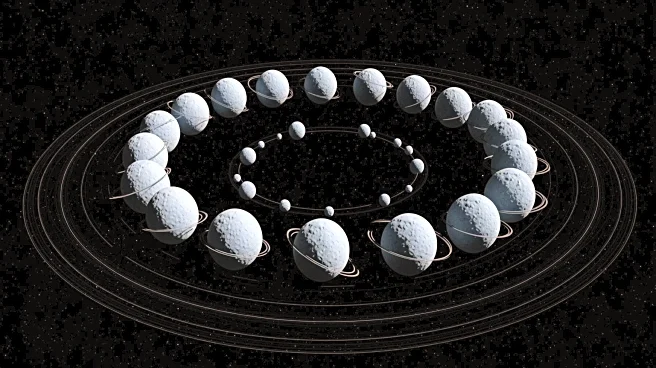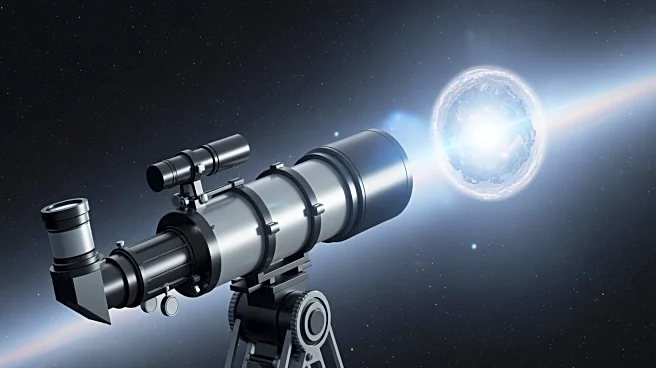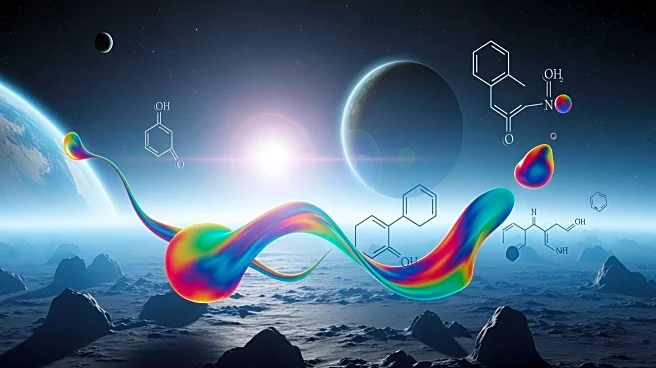What's Happening?
Scientists have measured the colors of microbes living in Earth's stratosphere, which produce pigments to protect against UV light. These pigments could serve as biosignatures for detecting life on other planets. The study, led by Ligia Coelho at Cornell
University, involved culturing microbes collected from high altitudes and analyzing their reflectance spectra. The findings suggest that if similar microorganisms exist in the atmospheres of other planets, their presence could be detected by analyzing the light spectra they reflect. Future space telescopes, such as NASA's proposed Habitable Worlds Observatory, could enhance the search for extraterrestrial life by identifying these biosignatures.
Why It's Important?
The ability to detect life on other planets has significant implications for our understanding of the universe and the potential for life beyond Earth. Identifying biosignatures in the atmospheres of exoplanets could revolutionize astrobiology and expand the search for habitable worlds. This research highlights the importance of developing advanced telescopes capable of detecting subtle changes in light spectra, which could indicate the presence of life. The study also underscores the need for high concentrations of airborne microbes to be detectable from great distances, presenting challenges for future space missions.
What's Next?
The next steps involve refining the technology and methods used to detect biosignatures from space. NASA's Habitable Worlds Observatory, once operational, will play a crucial role in this endeavor. Researchers will continue to model and simulate planetary conditions to better understand how microbial biosignatures might appear in different environments. Collaboration between astronomers and microbiologists will be essential to advance this field and improve detection capabilities.
Beyond the Headlines
This research opens up new possibilities for understanding the role of microorganisms in planetary atmospheres and their potential impact on climate and weather patterns. The study also raises questions about the adaptability of life forms in extreme environments and the universality of certain biological processes. Ethical considerations may arise regarding the exploration and potential colonization of planets where life is detected.
